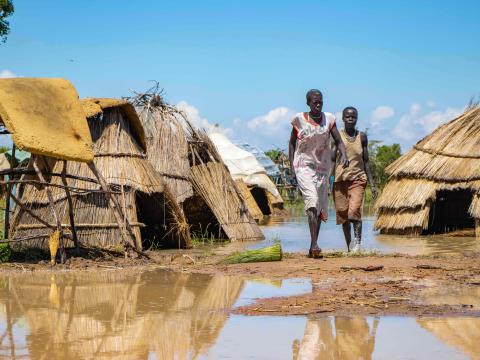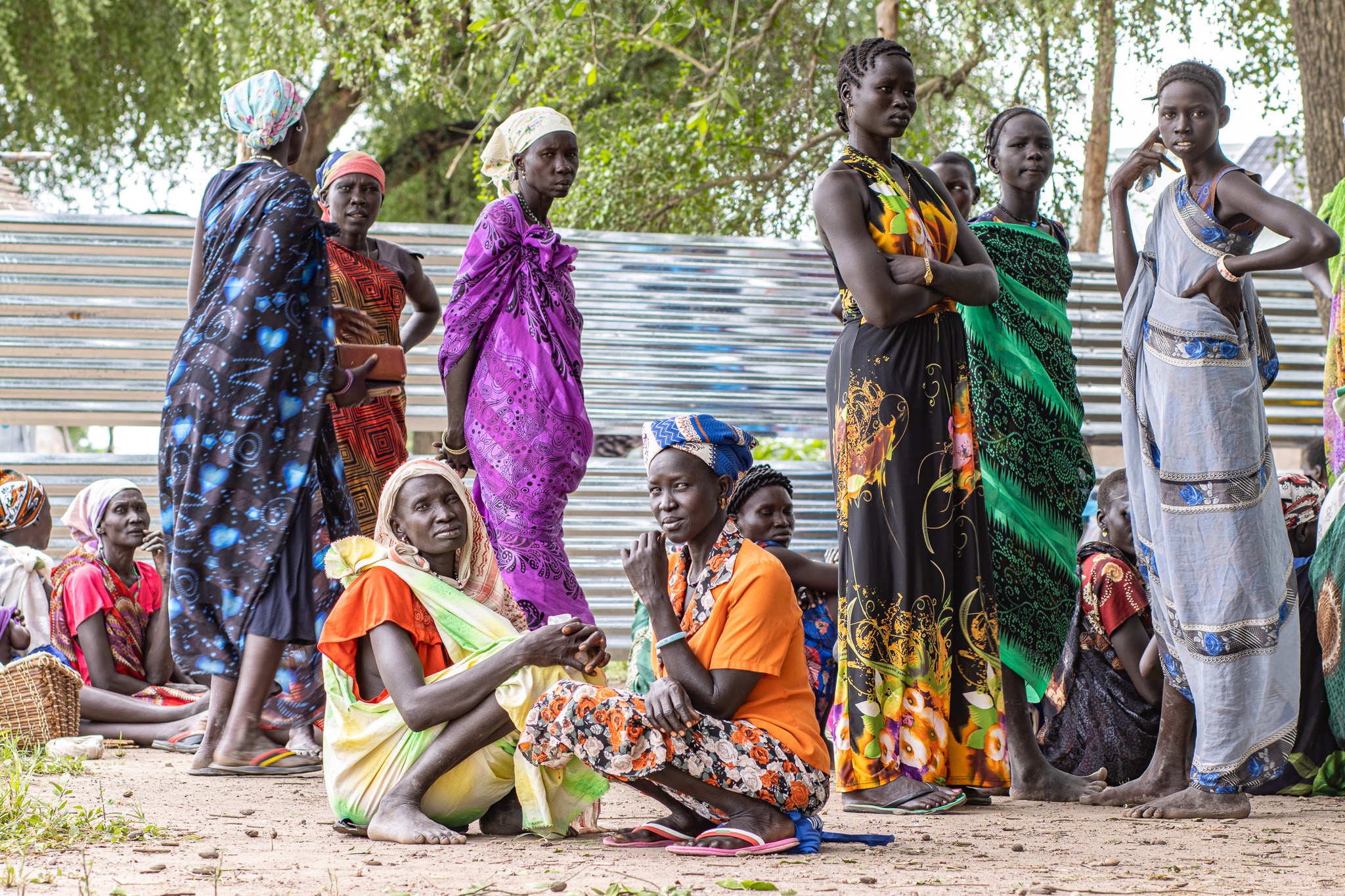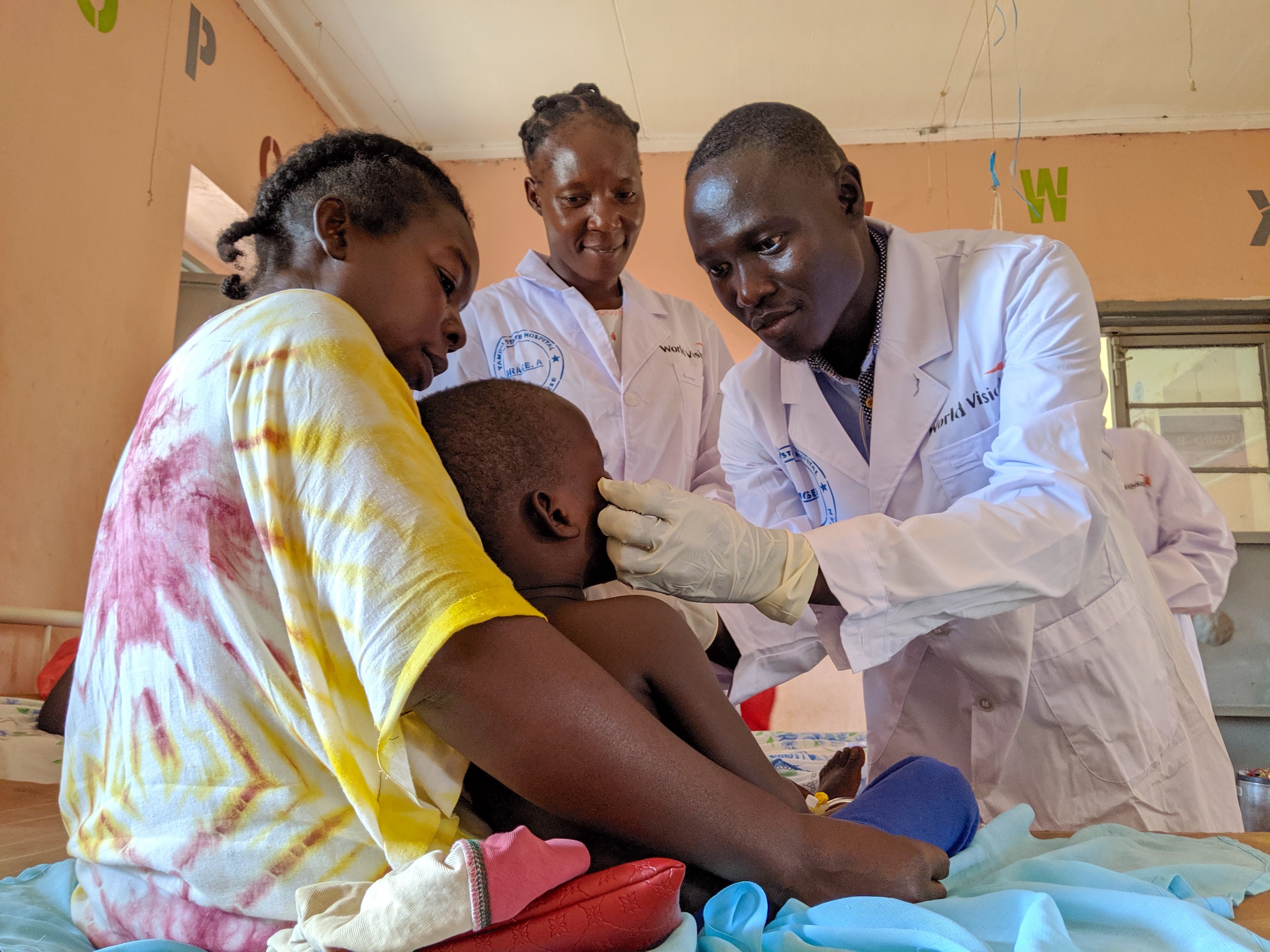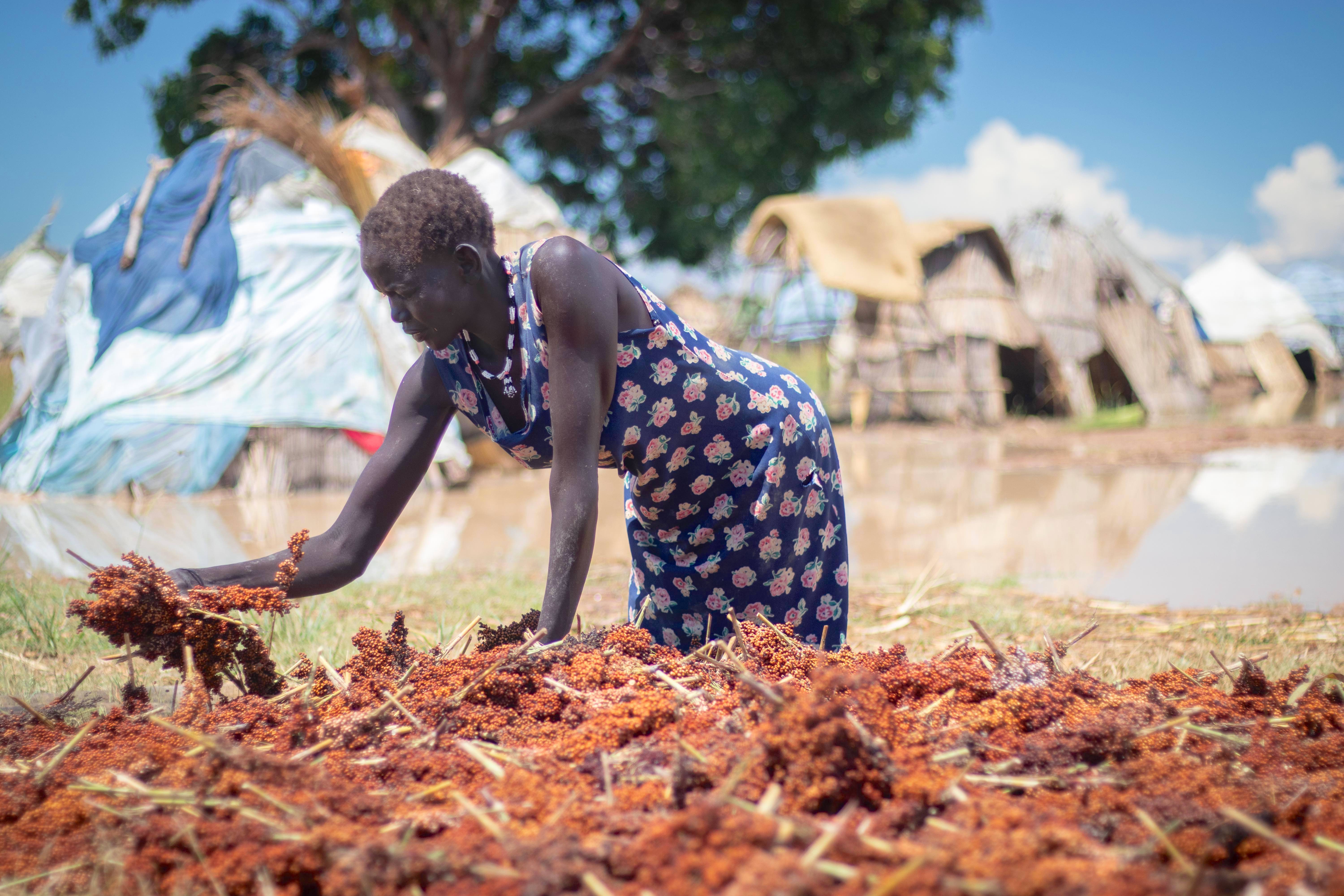Our planet and our health under siege: What can we contribute for healthier tomorrow?

By Dr. Mesfin Loha, Country Director
The impact of climate change and its consequences on health and well-being are more severe on vulnerable populations.
Over the past centuries and in recent years, the world has recorded impressive improvements in major health indicators such as a significant increase in life expectancy and a reduction in mortality from common preventable diseases. These gains are not uniform across the world’s populations.
Instead, they show stark evidence of significant inequity, with the poorest countries bearing the brunt. People in low and middle-income countries with low Gross Domestic Product (GDP) and even lower spending on health and well-being suffer the most.

Health systems grappling to provide basic minimum health services often find themselves unprepared and incapable to respond to shocks. The global COVID-19 pandemic exposed some of these weaknesses.
But it also revealed how collective and collaborative efforts can be mobilized to come up with solutions in time frames that were once unimaginable. Climate shocks disproportionally affect countries and communities where health systems are not resilient and lack adaptive capacity. Just like South Sudan.
The country is impacted by significant changes in traditional seasonality and rainfall patterns, with an increase in extreme weather events, particularly drought. This combination of increased exposure to stresses and shocks and decreasing resilience makes climate change a major driver of disaster risks.
One such intervention in areas affected by floods is the need for redesigning water supply infrastructure, including the relocation of water intake structures to higher ground in response to rising water levels.
The country is experiencing its worst floods in decades, impacting over 850,000 people. An outbreak of water-borne diseases and other communicable diseases followed. Morbidity data, for instance, indicate high numbers of malaria, accounting for over 50 percent of the diseases at health facilities in Fashoda and Manyo counties of Upper Nile State.
As the flooding situation continues, and worsens, malaria cases will keep rising, and the risk of a cholera outbreak remains very high. A recent study also revealed an increase in cases of hepatitis E among the internally displaced in Bentiu County, a part of Unity State, attributed to poor hygiene in the camp.

Health facilities struggle to cope with the increased cases due to limitations in access, health workers, and essential supplies. The impact also comes with extra demands for adaptations of programs, which, in most cases, is associated with the need for additional resources to implement.
One such intervention in areas affected by floods is the need for redesigning water supply infrastructure, including the relocation of water intake structures to higher ground in response to rising water levels.
It calls for multi-sector and multi-year interventions that address the root causes and alleviate the immediate suffering of the most vulnerable. While these are just a few examples of the impact of climate change, our health cannot be attained, with our planet ailing at such an alarming rate.
New ways of working together are required to ensure a healthier tomorrow for us and the future generation.

Watch Video: South Sudan battles one of its worst food insecurities in decades
Photos by Eugene Combo and Christopher Lete / Communications